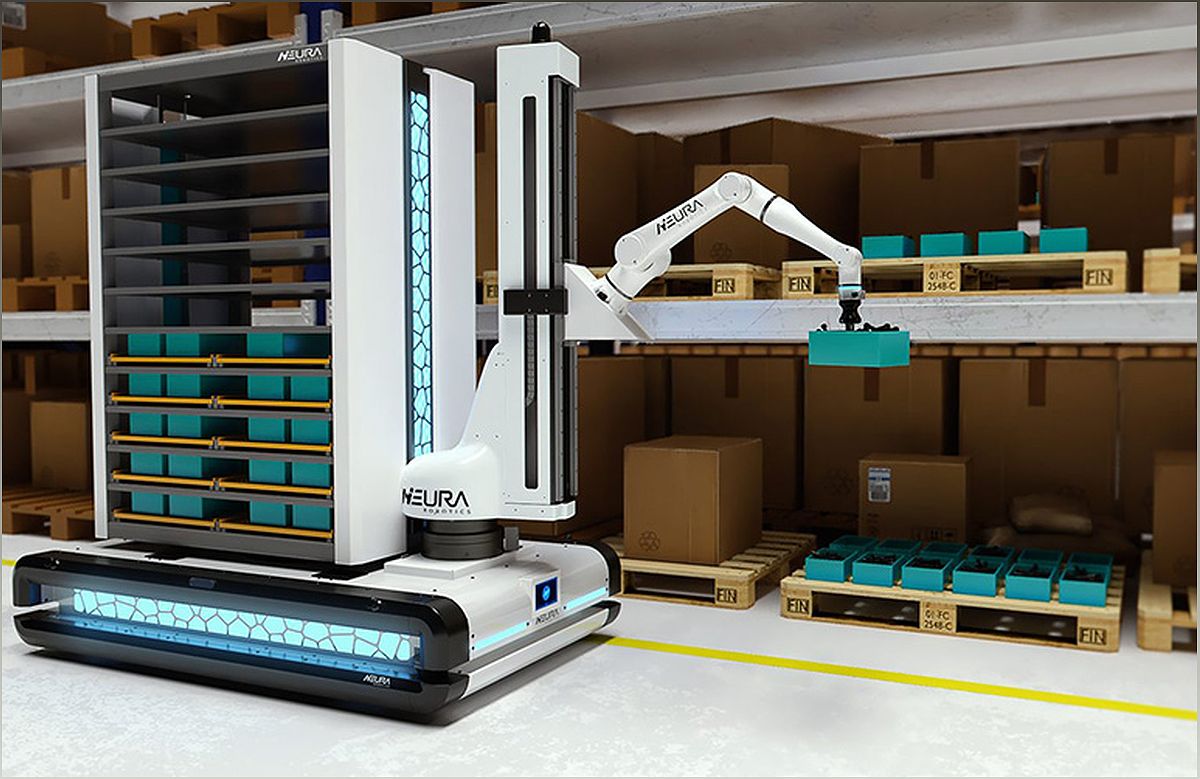Are you aware of Japan's '2024 problem' for truck drivers? With new overtime regulations coming into effect, the country is facing potential labor shortages and supply chain disruptions. But there's a solution on the horizon – automation. In this article, we'll explore how automation can help solve Japan's '2024 problem' by improving working conditions, increasing productivity, and ensuring the smooth operation of the trucking industry. Let's dive in!
The Impact of New Overtime Regulations
Explore the effects of Japan's new overtime regulations on truck drivers and the potential labor shortages and supply chain disruptions that may arise.
Japan's new overtime regulations, set to take effect in 2024, aim to improve working conditions for truck drivers. However, these regulations could lead to significant labor shortages and disruptions in the supply chain. According to Labor Ministry data, truck drivers in Japan already work an average of 444 hours longer than the national average for all jobs.
With the implementation of the new regulations, truck drivers will be limited to 960 hours of annual overtime starting from April 1, 2024. While the government hopes to make trucking jobs more attractive, there are concerns that this could result in a third of all cargo going undelivered, potentially causing a 10 million yen ($76 billion) hit to the Japanese economy by 2030.
Automation as the Solution
Discover how automation can address Japan's '2024 problem' by improving working conditions, increasing productivity, and ensuring the smooth operation of the trucking industry.
The International Federation of Robotics (IFR) suggests that automation is the key to solving Japan's '2024 problem' for truck drivers. Japan is already the world's leading manufacturer of industrial robots, producing 45% of the global supply in 2020.
By implementing automation strategies, Japan can not only address the logistical needs of the trucking industry but also overcome the challenges posed by the new overtime regulations. Automation can streamline tasks such as cargo handling, reducing the time spent by truck drivers and increasing their overall productivity. Robots can also automate repetitive tasks like order fulfillment, minimizing errors and improving efficiency.
Additionally, automation can help bridge the labor gap caused by the reduced working hours for truck drivers. Warehouse robots, ranging from compact autonomous mobile robots (AMRs) to large-scale automated storage and retrieval systems (ASRS), can handle heavy loads and dangerous materials without putting human workers at risk. These robots can significantly reduce the time required to move goods, ensuring a smooth flow of operations within the supply chain.
With the adoption of automation technology, Japan can overcome the challenges posed by the '2024 problem' and create a more efficient and sustainable trucking industry.
The Rise of Service Robots Worldwide
Learn about the global growth of service robots, particularly in the transportation sector, and the potential benefits they offer in addressing Japan's '2024 problem'.
The International Federation of Robotics' 'World Robotics 2023' report highlights the significant growth of service robots worldwide, with a particular focus on the transportation of goods or cargo. In 2022, sales of professional service robots in this sector grew by 44%, reaching over 86,000 units sold.
Industrial robot installations also reached an all-time high in 2021, with over 517,000 new robots installed in factories globally. This surge in automation adoption demonstrates the increasing recognition of the benefits that robots bring to various industries.
By leveraging the advancements in service robot technology, Japan can tap into the potential of automation to address the '2024 problem' in the trucking industry. The widespread use of service robots can enhance efficiency, reduce labor demands, and ensure the smooth transportation of goods, ultimately benefiting both truck drivers and the overall economy.

